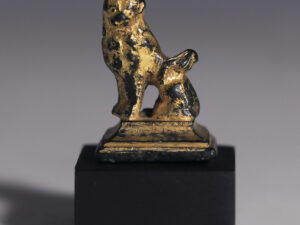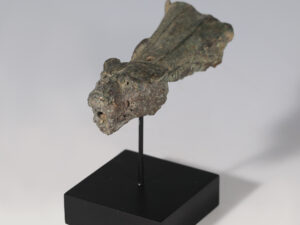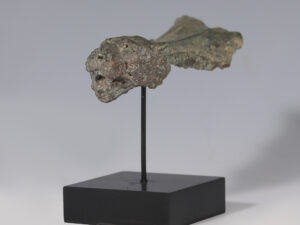In the Roman world, lions maintained a strong association with Hercules, as he famously encountered the Nemean Lion as one of his Twelve Labours. The lion was far from a mythological beast, however; and would have been a familiar sight across the Roman Empire. The ‘venationes’ (“hunts”) and other ‘spectacula’ (“shows”) of ancient Rome saw exotic species procured from all corners of the Roman Empire – a conscious demonstration in itself of the nation’s extensive reach and authority – and placed in the amphitheatre for gory entertainment. Notoriously, lions were integral to the form of capital punishment known as ‘damnatio ad bestias’, whereby condemned criminals were pitted against the beasts. Lions were also sought out by Roman army units as a pastime when not at war – the process of capturing the beasts is recorded in several Roman mosaics, as is ‘damnatio ad bestias’, which became a motif of Christian martyrdom in later antiquity.
For more information about the meanings of animals in Roman art, see our relevant blog post: Animal Symbolism in Roman Art.






















